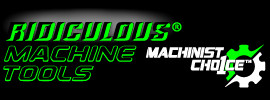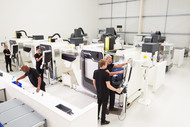What Are The 11 Main Types of CNC Machining: Operations & Processes
Posted by IMRMT on Mar 28th 2024
Introduction
CNC machining stands for Computer Numerical Control machining, a process used extensively in modern manufacturing to control a range of complex machinery through computer programming. This innovative technology transforms raw materials into finished products with high precision, efficiency, and repeatability, making it a cornerstone of industries like aerospace, automotive, and medical device manufacturing.
The versatility of CNC machining is evident in the types of CNC machining available, each serving different needs within the realm of manufacturing. These are not just about cutting and shaping but encompass an array of operations and processes, including additive and subtractive methods. Here's a glance at the 11 main types:
- CNC Milling Machine
- CNC Router Machines
- CNC Plasma Cutters
- CNC Lathes and Turning Machines
- CNC Laser Cutting Machine
- CNC Electrical Discharge Machines (EDM)
- CNC Waterjet Cutting Machine
- CNC Grinding Machines
- CNC Drilling Machine
- Automatic Tool Changer (ATC)
- Types of CNC Machines Based on the Number of Axes (Multiaxis machining)
Each type offers unique capabilities and comes with specific considerations regarding applications, limitations, and costs. For machinists looking to equip their workshops with the best tools and supplies, options abound at Ridiculous Machine Tools, which caters to a wide array of machining needs by offering essentials such as live centers, end mill holders, and other precision components. Understanding these 11 types will guide you to make informed decisions for your manufacturing challenges.".
1. CNC Milling Machine
CNC milling machines are a fundamental part of modern manufacturing processes and are widely used in industries such as aerospace, automotive, and electronics. These machines use computer numerical control (CNC) to automate the milling process, where a rotating cutting tool removes material from a workpiece to create the desired shape or form.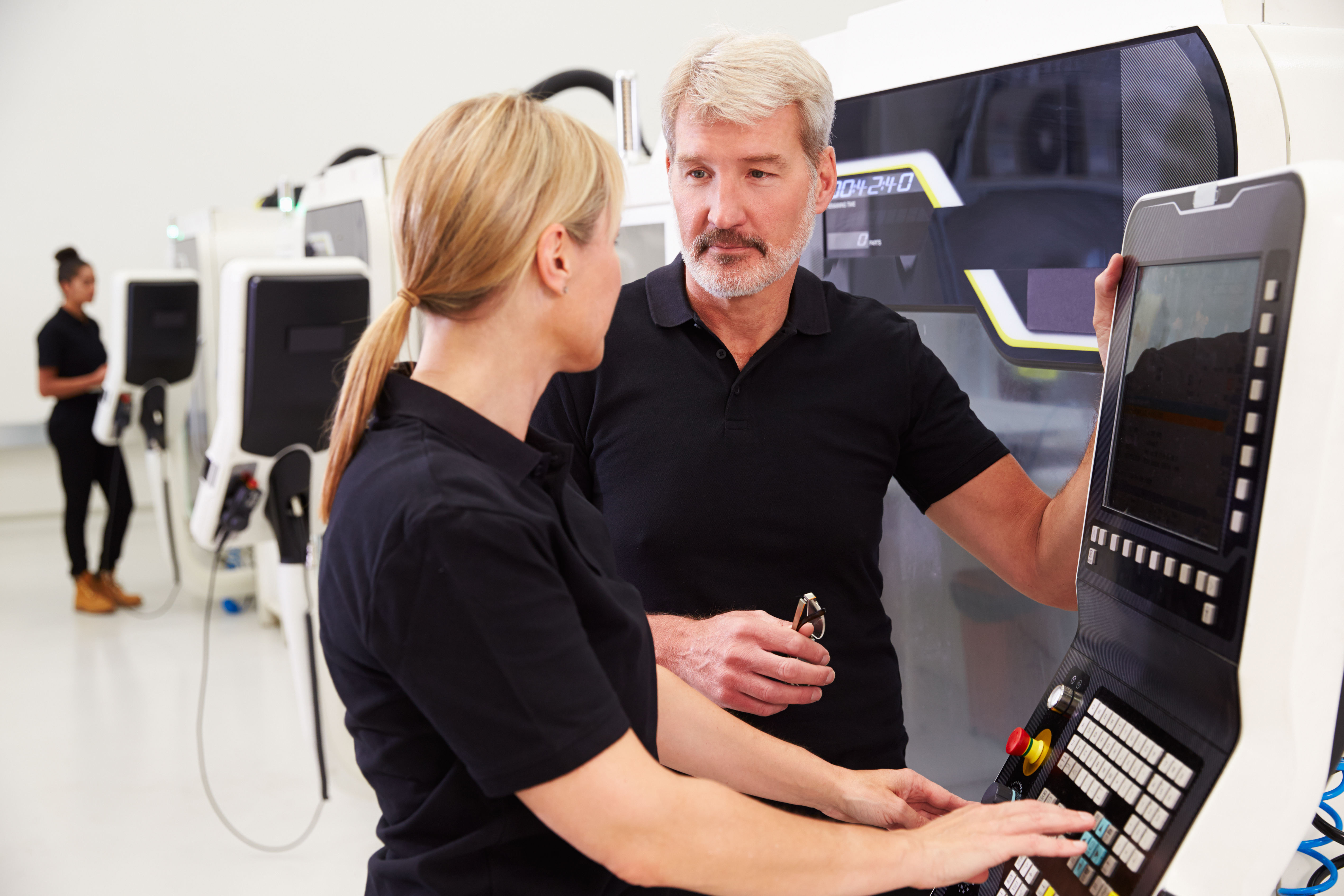
Here are some key points to consider about CNC milling machines:
Definition and Working Principle
CNC milling machines are equipped with a spindle that holds the cutting tool and moves it in multiple axes (typically three or more). The machine receives instructions from a computer program that controls the movement and speed of the cutting tool. As the tool rotates, it removes material from the workpiece, creating complex shapes with high precision.
Applications
CNC milling machines are versatile and can be used for various applications, including:
- Prototyping: Rapidly creating prototypes of parts or products.
- Production: Mass production of components with consistent quality.
- Customization: Manufacturing unique or specialized parts tailored to specific requirements.
Limitations
While CNC milling machines offer numerous advantages, there are limitations to consider:
- Complexity: Complex shapes may require advanced programming and tooling.
- Cost: CNC milling machines can be costly, especially for small-scale operations.
- Operator Skill: Skilled operators are needed to program and operate the machine effectively.
Cost Considerations
When considering CNC milling machines, several factors can impact costs:
- Machine Size: Larger machines tend to be more expensive.
- Features and Options: Additional features such as automatic tool changers or programmable coolant systems can increase costs.
- Brand and Quality: Established brands often come at a premium but offer reliability and support.
To explore further about CNC milling machines, you can visit Ridiculous Machine Tools' product page on CNC Milling Machines.
CNC milling machines play a crucial role in modern manufacturing, enabling precise and efficient production of various components.
2. CNC Router Machines
Computer Numerical Control (CNC) router machines are an important part of industrial manufacturing processes. They use pre-programmed software to control the machine's movements and create designs from various materials.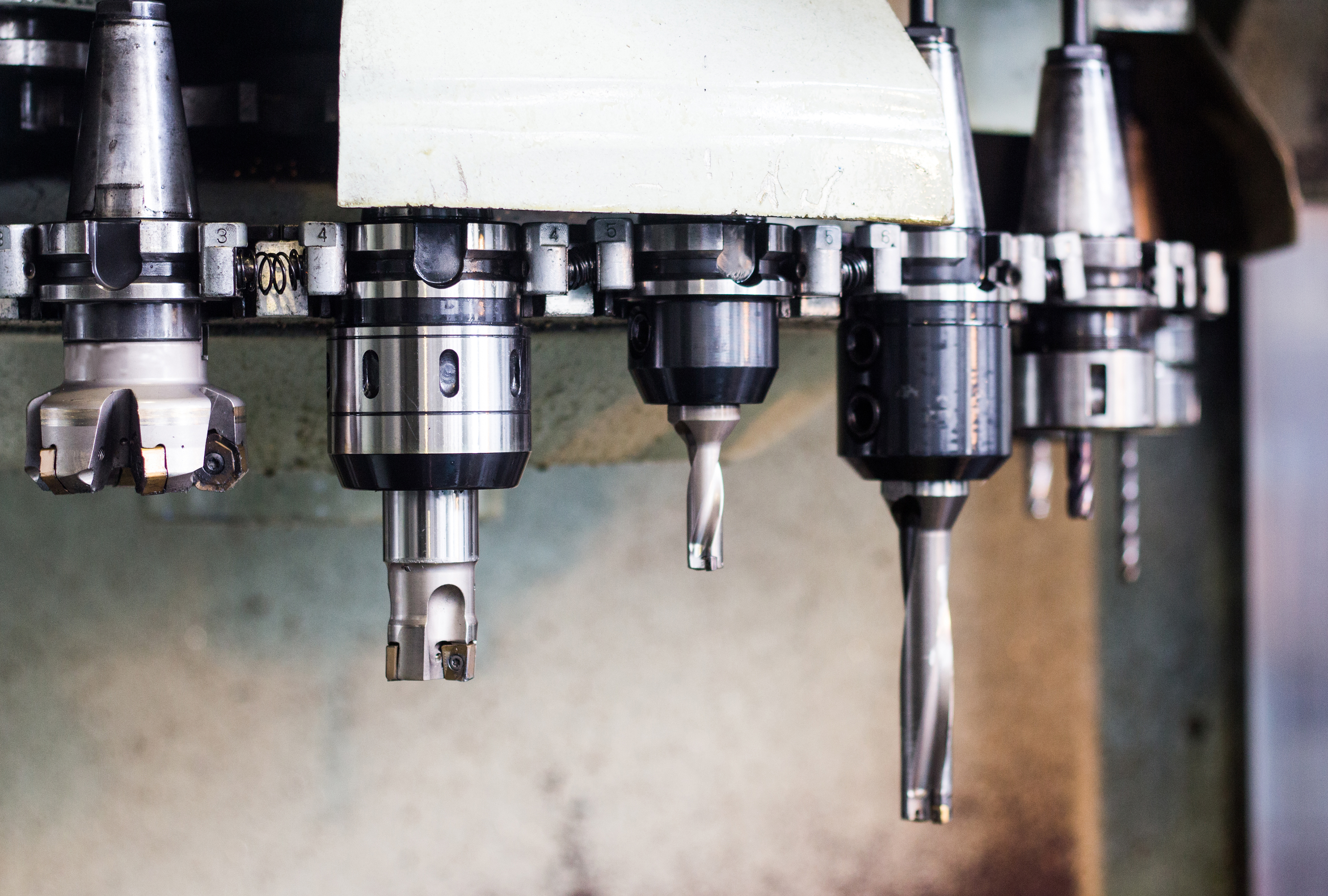
Applications of CNC Router Machines
CNC router machines are commonly used in the following industries:
- Woodworking: They are ideal for creating intricate patterns and designs.
- Metalworking: They can be used for engraving and carving tasks.
- Manufacturing: They are useful for cutting shapes from plastic sheets.
Limitations of CNC Router Machines
While CNC router machines are versatile, it's important to be aware of their limitations. They may not be suitable for heavy-duty metalwork because they are not as sturdy as other CNC machines like milling machines or lathes.
Factors Affecting the Cost of CNC Router Machines
The cost of CNC router machines can vary based on several factors:
- Size and complexity of the machine
- Quality of components
- Brand reputation
- After-sales service
Considering these factors will help you make an informed decision when investing in a CNC router machine. You can explore our CNC Router Machines on Ridiculous Machine Tools' product page for a wide range of options.
CNC Plasma Cutters
CNC plasma cutters are advanced cutting tools that use a plasma torch to cut through different materials such as metal, steel, and aluminum. Here's a closer look at how they work and where they are used:
How CNC Plasma Cutters Work
By ionizing gas and creating plasma, these cutters make precise cuts with high-speed jets of hot plasma. The process is controlled by CNC (Computer Numerical Control) technology for detailed and accurate cutting patterns.
Utility Across Different Industries
These versatile machines find applications in various industries:
- Manufacturing: For creating machine parts and structural frames.
- Automotive: For cutting custom car components.
- Construction: Useful in fabricating metal beams and sheets.
- Artwork: Artists use them to create intricate metal designs.
Despite their effectiveness, there are some challenges:
Limitations and Challenges
- Thickness: There's a limit to the thickness of material that can be cleanly cut.
- Material Type: Works best with conductive materials; non-conductive materials cannot be cut using this method.
- Precision: For extremely fine details, other methods like laser cutting might be preferable.
To explore the range of CNC plasma cutters available that can enhance your manufacturing process, check out Ridiculous Machine Tools product page.
4. CNC Lathes and Turning Machines
CNC lathes and turning machines are a cornerstone in manufacturing processes, shaping round material pieces by rotating them against cutting tools. These machines are essential for creating precise cylindrical parts with various features like holes, grooves, and threads.
Key Applications in Various Industries:
- Aerospace: Crafting complex engine parts requiring high precision
- Automotive: Producing shafts, bushings, and other vital components
- Medical: Creating surgical instruments and implants with strict quality standards
Factors Affecting Cost and Efficiency:
- Machine Complexity: Advanced features like live tooling increase cost but enhance capabilities
- Material Used: Harder materials may wear out machinery faster, affecting maintenance costs
- Volume of Production: High production volumes can justify the initial investment in more sophisticated equipment
By understanding the applications and cost factors, industries can select the right CNC lathes and turning machines to meet their precise manufacturing needs.
5. CNC Laser Cutting Machine
Computer Numerical Control (CNC) laser cutting machines play a pivotal role in various manufacturing processes. These machines utilize a high-powered laser to cut materials with exceptional precision. The laser beam is directed at the material, which then either melts, burns, or vaporizes away, leaving a high-quality finish.
The versatility of CNC laser cutters is evident in their wide-ranging applications across different industries. Here are a few examples:
- Automotive Industry: From cutting intricate designs in car panels to precision-cut components, laser cutters ensure accuracy and speed.
- Aerospace Industry: For the production of lightweight yet robust aircraft parts, CNC laser cutters are indispensable.
- Medical Industry: High precision instruments and medical prosthetics are manufactured using these machines.
For manufacturers, cost-effectiveness and precision are key considerations when investing in CNC machines. Laser cutting machines offer both of these benefits:
- Cost-effectiveness: While the initial investment might be higher than other CNC machines, the long-term benefits like speed, precision, and minimal waste make them a cost-effective solution.
- Precision: With their ability to handle complex designs and deliver precise cuts, these machines ensure less wastage and higher efficiency.
Check out Ridiculous Machine Tools for more information on CNC Laser Cutting Machines.
6. CNC Electrical Discharge Machines (EDM)
CNC electrical discharge machines (EDM) are an essential part of industrial manufacturing processes. These machines utilize electrical discharges to shape and form various materials, including metals and alloys. Here are the key talking points about CNC EDM machines:
Overview and Working Principles
CNC EDM machines use a process called electrical discharge machining to remove material from a workpiece. The machine generates a series of controlled electrical discharges between an electrode and the workpiece, resulting in precise shaping or cutting. There are two main types of CNC EDM machines: sinker EDM and wire EDM.
Applications
CNC EDM machines are widely used in industries that require intricate and complex shapes, such as aerospace, automotive, and medical device manufacturing. They are commonly used for tasks like creating dies and molds, producing small holes, or machining hardened materials.
Factors Influencing Cost and Efficiency
Several factors can impact the cost and efficiency of using CNC EDM machines:
- Complexity of the workpiece: Intricate designs or complex geometries can increase the time and cost required for machining.
- Material type: Different materials have varying levels of machinability, affecting the speed and accuracy of the process.
- Electrode selection: The choice of electrode material and design can impact the machining speed and quality.
- Machine capabilities: Higher-end CNC EDM machines often offer advanced features like automatic tool changers or multi-axis movement, increasing efficiency but also affecting the overall cost.
By considering these factors, manufacturers can optimize their processes and achieve high-quality results with CNC EDM machines.
7. CNC Waterjet Cutting Machine
CNC waterjet cutting machines are a versatile tool in modern manufacturing processes, offering precision cutting capabilities with various materials. Here are the key points to consider:
Introduction to CNC waterjet cutting machines:
- These machines utilize high-pressure water mixed with an abrasive substance to precisely cut through materials such as metal, stone, glass, and composites.
- The CNC technology ensures accurate and intricate cuts according to programmed designs.
Industries that benefit from waterjet cutting technology:
- Aerospace, automotive, engineering, and architectural industries extensively benefit from the precise cutting capabilities of CNC waterjet machines.
- It is particularly useful in cutting materials that may be sensitive to heat generated by other cutting methods.
Cost considerations for using CNC waterjet cutting machines:
- Factors such as operating expenses, maintenance costs, and the initial investment in the machine need to be evaluated.
- Despite the initial investment, the versatility and precision of waterjet cutting can offer cost savings in certain applications.
CNC waterjet cutting machines represent a crucial innovation in manufacturing processes, providing efficient and precise material cutting for various industries.
8. CNC Grinding Machines
CNC grinding machines are essential in precision manufacturing as they enable the production of high-quality parts with close tolerances. These machines use computer numerical control (CNC) technology to automate the grinding process, resulting in better efficiency and accuracy.
Here are some important details about CNC grinding machines:
Explanation of CNC Grinding Machines
CNC grinding machines remove material from a workpiece using an abrasive wheel or belt. The machine's computer-controlled movements ensure precise and consistent grinding operations.
Common Applications in Precision Manufacturing
CNC grinding machines find extensive applications in industries such as aerospace, automotive, medical, and tooling. They are used for various tasks including:
- Surface grinding
- Cylindrical grinding
- Internal grinding
- Centerless grinding
Factors Affecting the Cost and Quality of Grinding Operations
Several factors impact the cost and quality of CNC grinding operations:
- Machine capabilities: The abilities of the CNC grinder, such as spindle speed, horsepower, and rigidity, can affect both the cost and quality of the grinding process.
- Grinding wheel selection: Choosing the right type of grinding wheel is essential to achieve the desired surface finish and dimensional accuracy. Different materials require specific types of wheels.
- Workpiece material: The type of material being ground influences the choice of abrasive material and cutting parameters. Harder materials may require more complex setups and specialized tools.
- Grinding parameters: Variables such as feed rate, depth of cut, and wheel speed need to be optimized to achieve efficient material removal without compromising surface finish or causing excessive wear on the wheel.
- Operator skill level: Skilled operators can make adjustments on the fly to optimize the grinding process, leading to improved quality. Automation features in CNC grinders can help reduce dependence on operator skill.
CNC grinding machines provide manufacturers with the ability to produce precise and complex parts efficiently. By leveraging the automation and control offered by CNC technology, these machines contribute to improved productivity and consistent quality in precision manufacturing processes.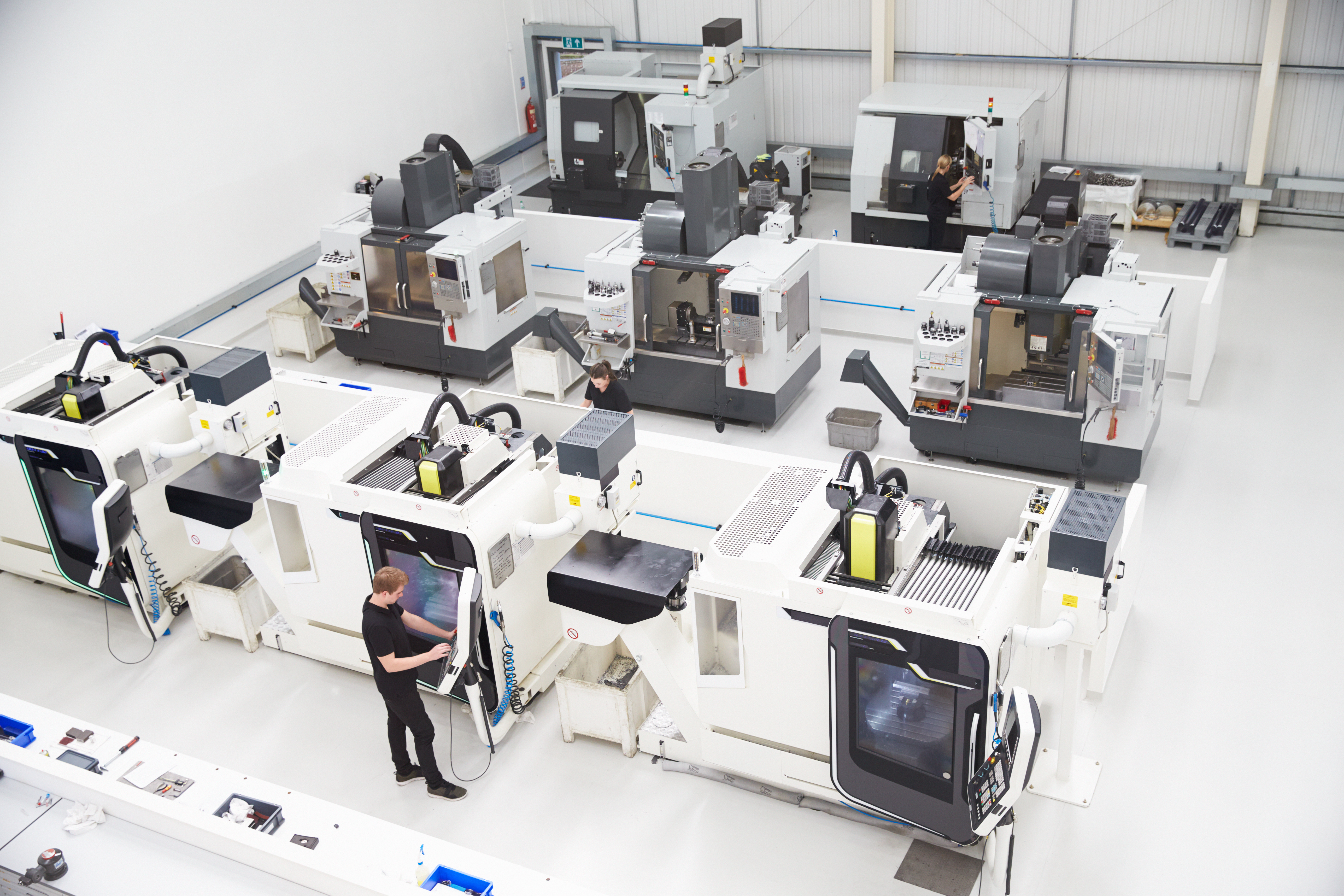
9. CNC Drilling Machine
CNC drilling machines are essential in modern manufacturing processes, providing precise and efficient drilling operations for various industries. Here are some key points to consider:
Overview and functionality of CNC drilling machines:
These machines use automated controls to perform drilling tasks with high accuracy and consistency. They can handle a wide range of materials, including metal, plastic, and wood, making them versatile for different manufacturing needs.
Industries that rely on precision drilling operations:
CNC drilling machines are crucial in industries such as aerospace, automotive, electronics, and construction. They are used for creating holes of different sizes and depths with strict tolerances, ensuring the quality and precision required for specific components.
Factors influencing the cost and efficiency of using CNC drilling machines:
Several factors impact the overall cost and efficiency of CNC drilling operations. This includes machine capabilities, tooling costs, maintenance requirements, production volume, and the complexity of drilling patterns. Optimizing these factors is essential for maximizing productivity while managing costs effectively.
By understanding the capabilities and considerations associated with CNC drilling machines, manufacturers can make informed decisions regarding their use in various production processes.
10. Automatic Tool Changer (ATC)
Automatic Tool Changer (ATC) is an essential feature in CNC machining, particularly in industrial manufacturing processes. It plays a crucial role in improving productivity and efficiency by automating the tool changeover process during machining operations. Here are some key points to consider regarding ATCs:
Importance and benefits of ATCs in CNC machining:
- ATCs eliminate the need for manual tool changes, reducing downtime and increasing machine utilization.
- They allow for the use of multiple tools in a single setup, enabling complex machining operations without operator intervention.
- ATCs enhance flexibility by providing quick and easy access to a wide range of tools, allowing for rapid adaptation to changing production requirements.
Impact on productivity and efficiency:
- ATCs significantly reduce idle time by swiftly exchanging tools, minimizing non-cutting time during machining processes.
- With faster tool change times, ATCs enable shorter cycle times, leading to increased throughput and higher production rates.
- The automation provided by ATCs reduces the reliance on human operators, freeing up labor resources for other tasks.
Considerations when selecting a machine with ATC feature:
- The number of tool positions in the ATC carousel should align with the specific machining requirements to ensure sufficient tool capacity.
- The speed and accuracy of the tool change mechanism are crucial factors that affect overall machine performance.
- Compatibility with various tool types (end mills, drills, taps, etc.) and sizes is essential for versatility in different machining applications.
The inclusion of an ATC in a CNC machine enhances efficiency and productivity by streamlining the tool change process. This feature is especially valuable in industries where precision and high-volume production are critical. By automating tool changes, manufacturers can optimize their operations and achieve cost-effective manufacturing processes.
Types of CNC Machines Based on the Number of Axes (Multiaxis Machining)
Multiaxis machining involves CNC machines with more than the conventional three axes. These advanced machines offer increased flexibility and precision for manufacturing complex parts. Here are the key points to consider:
Explanation of multiaxis machining technology:
Multiaxis CNC machines have additional rotational axes, enabling cutting tools to approach the workpiece from multiple directions. These machines can have 4, 5, or even more axes, allowing for intricate and multidimensional cutting paths.
The additional axes provide greater maneuverability and access to different surfaces of the workpiece without repositioning, reducing production time and eliminating the need for multiple setups.
Advantages and applications of different axis configurations:
- 4-axis machines allow for rotary movement around the X and Y axes, suitable for features on the sides of a part or complex holes.
- 5-axis machines enable rotation around both X and Y as well as an additional axis (usually rotational around the tool itself), providing unparalleled flexibility for intricate geometries and contours.
- Multi-axis machines are crucial for industries such as aerospace, automotive, and medical device manufacturing where intricate and organic shapes are prevalent.
Cost implications for multiaxis machining operations:
While multiaxis machines offer enhanced capabilities, they typically come with higher initial costs due to their complexity and advanced features.
However, the efficiency gains in production, reduced setup times, and decreased need for specialized fixtures can often offset these initial expenses in high-volume or complex part manufacturing.
By understanding the intricacies of multiaxis machining technology and its applications, manufacturers can make informed decisions about integrating these advanced CNC machines into their production processes.
Conclusion
Explore the diverse world of CNC machining technologies and choose the right ones for your manufacturing needs.
FAQs (Frequently Asked Questions)
What is CNC machining and why is it significant in modern manufacturing?
CNC machining is a computer-controlled manufacturing process that utilizes pre-programmed software to dictate the movement of machinery and tools. It is significant in modern manufacturing because it allows for precise, efficient, and automated production, resulting in higher quality products and increased productivity.
What are the key limitations to consider when using CNC mills?
Some limitations to consider when using CNC mills include the complexity of programming, the need for skilled operators, and the initial investment required for equipment and software.
What are the common uses and applications of CNC routers?
CNC routers are commonly used in industrial manufacturing processes for tasks such as cutting, shaping, and engraving materials like wood, plastic, and metal. They are widely used in industries such as woodworking, signage, and prototyping.
What are the factors affecting the cost of CNC routing machines?
The cost of CNC routing machines can be influenced by factors such as machine size, cutting speed, spindle power, and additional features like automatic tool changers.
What are the versatile applications of CNC laser cutters in different industries?
CNC laser cutters are used across various industries for tasks such as precision cutting, engraving, etching, and marking on materials like metal, plastic, glass, and wood. They find applications in automotive, aerospace, jewelry making, and architectural industries.
What are the key applications of CNC lathes and turning machines in various industries?
CNC lathes and turning machines are commonly used for tasks such as cutting, drilling, facing, threading, and turning cylindrical parts. They find applications in industries such as automotive manufacturing, aerospace engineering, and medical device production.
